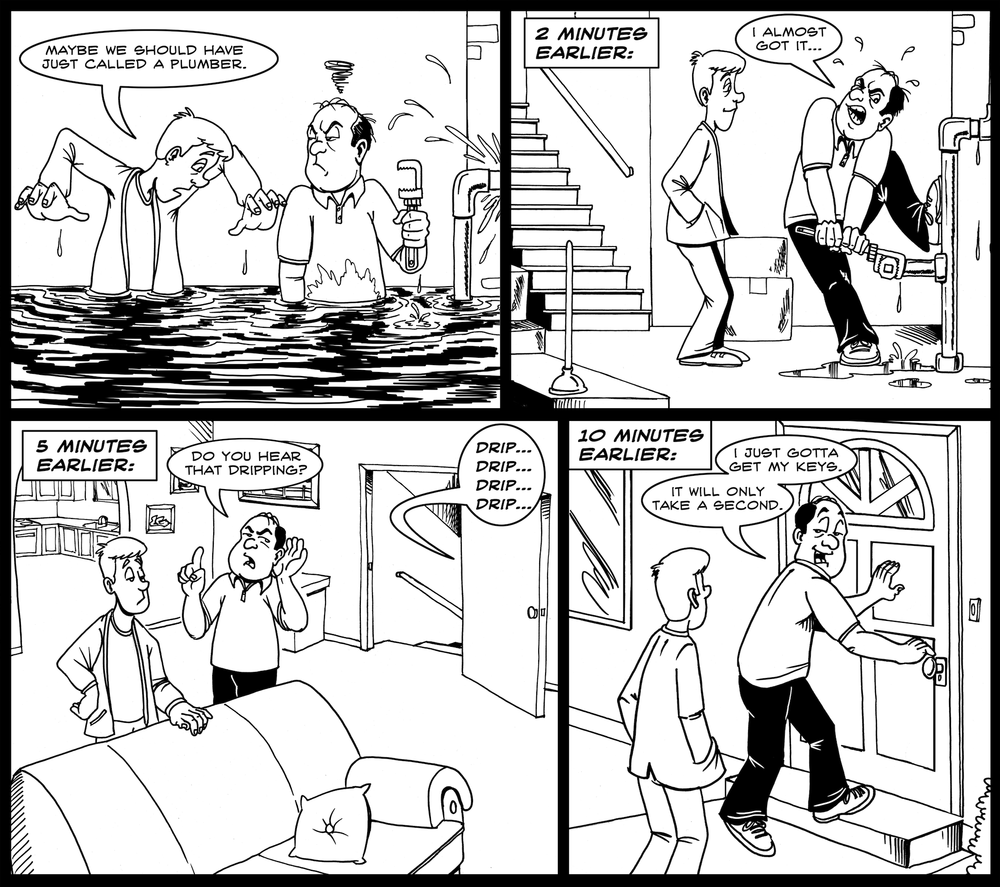Chapter 10. Extracting Unrelated Subproblems

Engineering is all about breaking down big problems into smaller ones and putting the solutions for those problems back together. Applying this principle to code makes it more robust and easier to read.
The advice for this chapter is to aggressively identify and extract unrelated subproblems. Hereâs what we mean:
Look at a given function or block of code, and ask yourself, âWhat is the high-level goal of this code?â
For each line of code, ask, âIs it working directly to that goal? Or is it solving an unrelated subproblem needed to meet it?â
If enough lines are solving an unrelated subproblem, extract that code into a separate function.
Extracting code into separate functions is something you probably do every day. But for this chapter, we decided to focus on the specific case of extracting unrelated subproblems, where the extracted code is blissfully unaware of why itâs being called.
As youâll see, itâs an easy technique to apply but can improve your code substantially. Yet for some reason, many programmers donât use this technique enough. The trick is to actively look for these unrelated subproblems.
In this chapter, we will go through a variety of examples that illustrate this technique for different situations you might run into.
Introductory Example: findClosestLocation()
The high-level goal of the following JavaScript code ...
Get The Art of Readable Code now with the O’Reilly learning platform.
O’Reilly members experience books, live events, courses curated by job role, and more from O’Reilly and nearly 200 top publishers.

